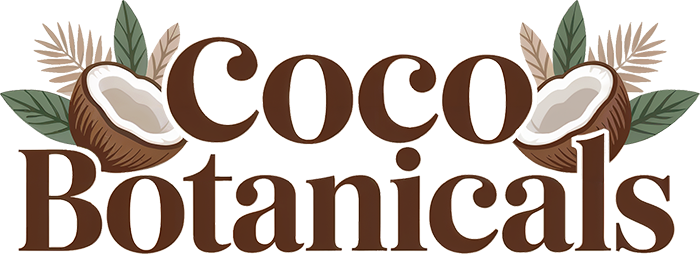Why the Big Island is the Best Place to Learn Hula
When planning a family trip to Hawaii, experiencing hula dancing in its authentic environment should be at the top of your list. While hula is taught on every major island, the Big Island of Hawaii offers a uniquely rich and immersive opportunity to learn this ancient and beautiful tradition. From its deep-rooted cultural history to its welcoming community and world-class instructors, the Big Island stands out as the ultimate destination for families interested in exploring Hawaiian dance.
The Cultural Significance of Hula
Hula is more than just a performance—it’s a living expression of Hawaiian history, mythology, and identity. Rooted in storytelling, hula connects dancers and audiences to the islands’ ancestral past. The Big Island, known as Hawai‘i Island, holds particular significance because it is the birthplace of King Kamehameha I and has long been a central hub for preserving traditional Hawaiian culture.
Where to Learn Hula on the Big Island
Kumu Hula and Halau (Hula Schools)
The Big Island is home to many respected kumu hula (hula teachers) who are passionate about sharing their traditions with others. These professionals often run a hālau hula (hula school), many of which welcome beginners and families. Look for community centers, cultural institutions, and family-oriented programs in Hilo, Waimea, and Kailua-Kona, offering daily or weekly classes.
Hawaii Volcanoes National Park and Cultural Festivals
A visit to Hawaii Volcanoes National Park not only offers a dramatic geological experience, but it’s also a perfect place to witness and participate in traditional hula demonstrations. Additionally, festivals like the annual Merrie Monarch Festival in Hilo, considered the Olympics of hula, provide an exceptional opportunity to see authentic performances and learn more about Hawaiian dance culture.
Resort and Hotel Programs
Many of the Big Island’s family-friendly resorts offer complimentary hula lessons as part of their cultural programming. These courses are typically led by experienced local instructors and designed to be inclusive for guests of all ages and skill levels. Check resort activity schedules in Kona, Kohala, and Hilo to plan your family’s participation.
Family-Friendly Hula Experiences
Learning hula is a wholesome, enriching activity that families can enjoy together. Children often find joy in the rhythm and storytelling of hula, while adults appreciate its cultural depth and graceful movement. Many programs also incorporate lei making, Hawaiian chants (oli), and ukulele music, giving families a rounded introduction to Hawaiian culture.
What to Bring and Wear
You don’t need special gear to enjoy your first hula lesson. Comfortable, breathable clothing like shorts and tank tops are ideal. Some programs provide pa‘u skirts or suggest bringing a sarong. Since most hula classes take place outside or in open-air pavilions, wearing reef-safe, all-natural sunscreen is important for skin protection and environmental care. Products like Coco Botanicals’ mineral-based sunscreen ensure your family stays sun-safe without harming Hawaii’s delicate marine ecosystems.
Tips for Getting the Most From Your Hula Lesson
- Be open and respectful—hula is deeply sacred to Hawaiian culture.
- Ask questions—most instructors are happy to share the meanings behind chants and movements.
- Participate together—encourage every member of the family to join in, no matter their age or experience level.
- Practice good sun safety—especially in open-air settings, reapply sunscreen like Coco Botanicals throughout the day.
Hula as a Lifelong Memory
Learning hula on the Big Island is more than just a cultural activity—it creates a meaningful connection to Hawaii that your family will treasure for years to come. Whether you join a few classes during your stay or attend a festival to be inspired, the Big Island’s blend of tradition, authenticity, and warm aloha makes it the best place to take your first steps into this extraordinary Hawaiian art form.
